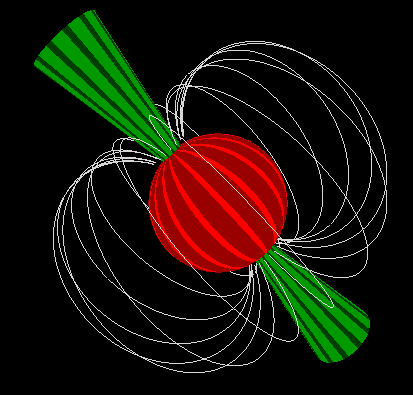|
Lab
-
Take the example code and compile it yourself
-
Modify the code to interactively modify the background color.
(Hint: glClearColor()). Use either the popup menus or the keyboard
(or both) to specify the background color.
-
Extra Credit: Modify the "WindowDump" routine to
display the image in a separate window.
|
|
